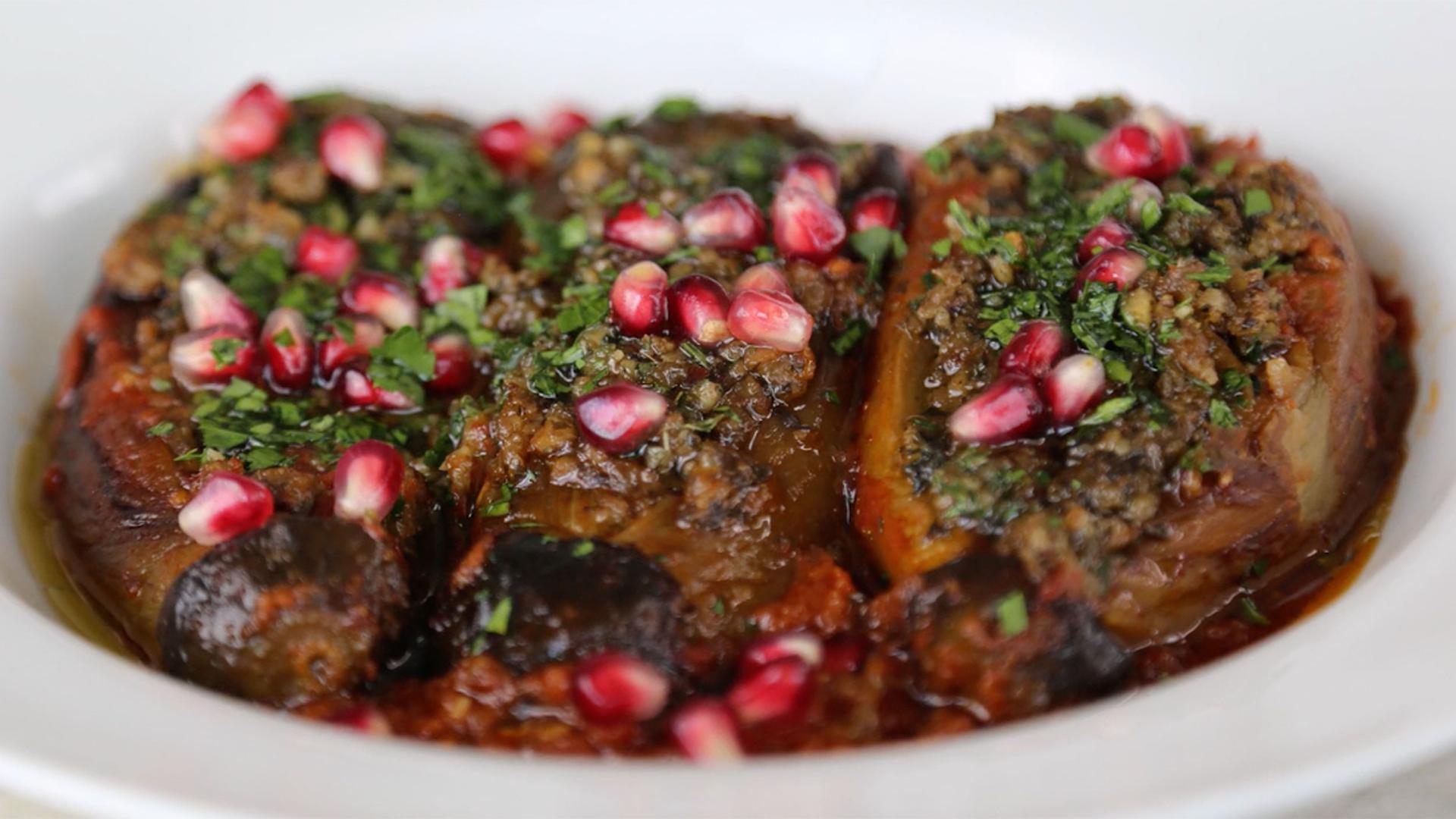Najmieh Batmanglij, 75, has been cooking and trying recipes for the past four decades. In fact, the well-known Iranian American chef says she can come up with dishes in her dreams — by closing her eyes and picturing which ingredient would go well with others.
“Not so many people at 75 love what they are doing,” Batmanglij said. “I am very lucky.”
Her unique skills have made her the perfect person for a challenge.
Art curator Linda Komaroff from the Los Angeles County Museum of Art (LACMA) reached out to Batmanglij to see if she could modernize a few recipes that go all the way back to 10th-century Baghdad.
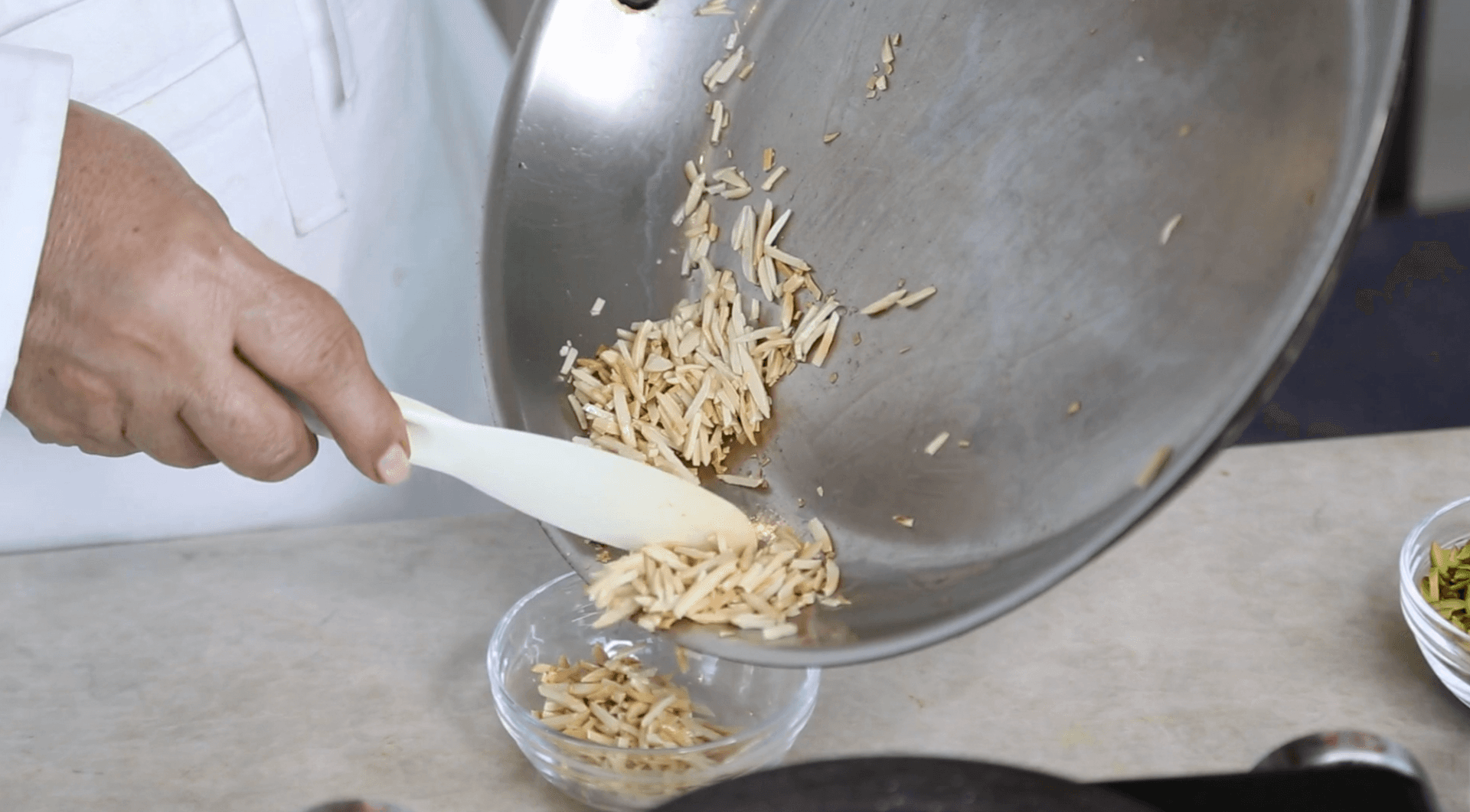
After some experimentation, Batmanglij came up with six dishes: a full-course meal starting with an eggplant appetizer and ending with a pancake dessert. The menu is now part of a LACMA exhibition called, “Dining with the Sultan.”
The recipes that Batmanglij chose were derived from old manuscripts and cookbooks. Sometimes she only had two or three lines to work with.
“Cook eggplants in water,” she read. “The recipe did not tell you how many eggplants or how long to cook the eggplants,” or even what type of eggplants to use.
“And most important[ly],” she added, “some of the ingredients and condiments had to be replaced with what their equivalent might be today.”
For example, some of the recipes called for fermented sauces that are not available, at least not in the US.
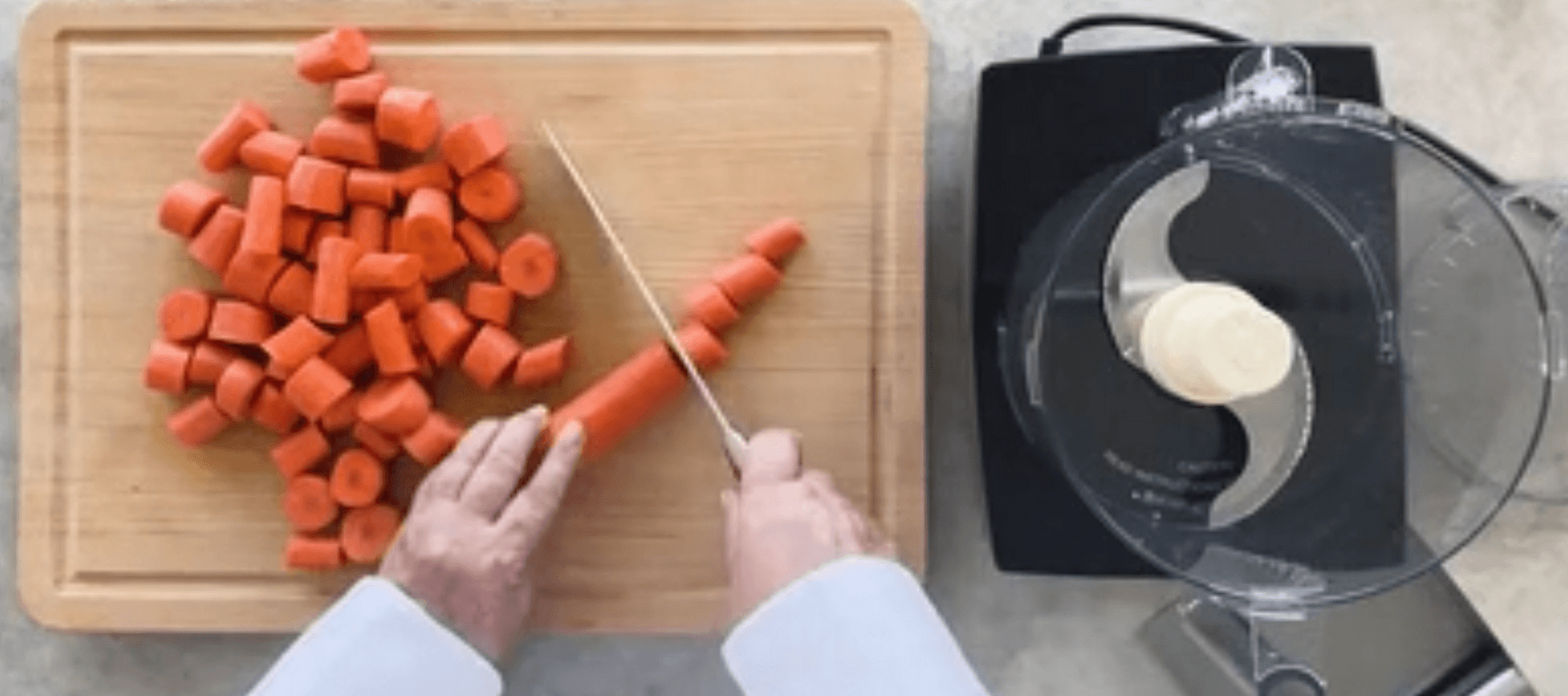
She sees cooking as a great way to broaden understanding of different cultures and hopes that everyone will try her recipes.
“It’s going to be good. It’s going to be delicious. I promise you,” she said.
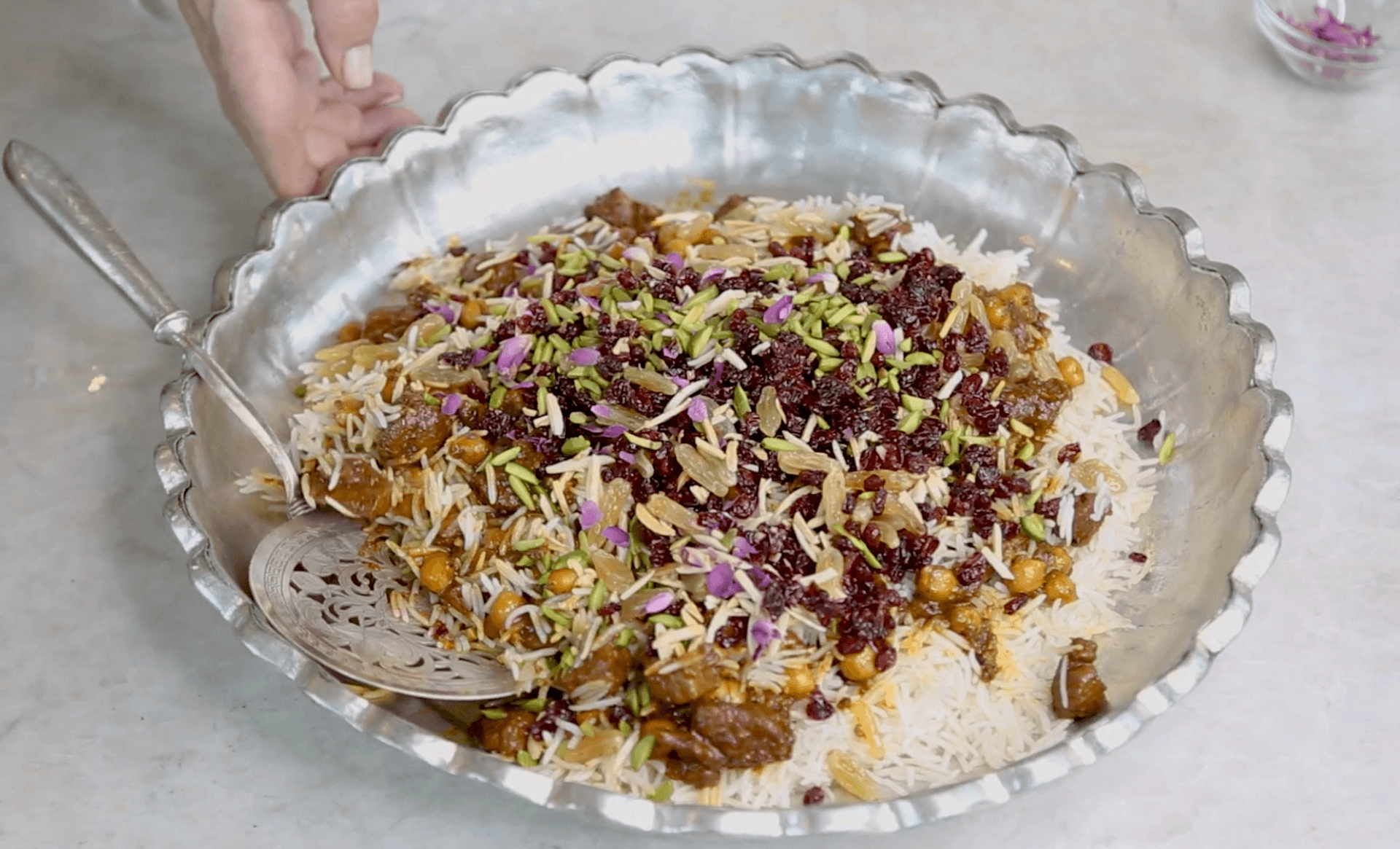
Dining in luxury
The earliest cookbook in the exhibit comes from 10th-century Baghdad, but it was probably inspired by an even earlier version, explained Komaroff, the curator at LACMA.
At that time, the city was the capital of the Abbasid caliphate and an important center for learning.
“In most historical Islamic lands food and food culture [were] extremely important,” she said. “Not just the basic dining, because we all have to eat, but the idea of dining in luxury.”
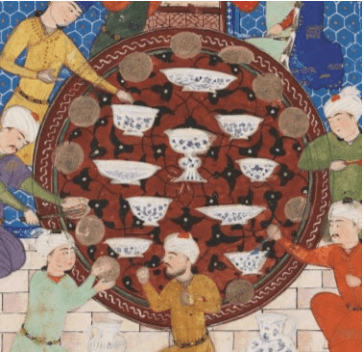
And the artifacts were influenced by places far beyond what we call the Middle East today.
“There’s a lot of Chinese porcelain in the exhibition because, even though they made beautiful ceramic objects and tableware and other materials for the courts — like for the Safavid court in Iran, the Mogul court in India, the Ottoman court in Turkey — they preferred to have Chinese porcelain,” she said.
And because they were expensive to import, only the elite could afford them, Komaroff explained. So, the Chinese, who saw a great market in the Middle East, started making products that appealed to the elite there.
The cultures influenced each other. There’s Chinese porcelain with Islamic designs, as well as dishes in the Middle East with Chinese elements.
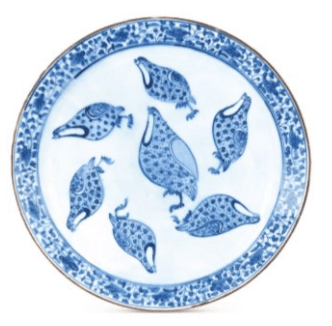
The introduction of coffee
The exhibit also has a special section for coffee fans.
Komaroff says historians have traced the origins of coffee to Ethiopia and Yemen. The Sufis — a group that focuses on the mystical aspects of Islam — in Yemen found in the 15th century that if you drink enough coffee you can stay up all night.
She thinks that it might have been Yemeni Sufis who brought coffee to Mecca, in present-day Saudi Arabia, as they made their Hajj pilgrimage. And that, it’s likely from there that it made its way to the Ottoman Empire.
“Certainly, the well-to-do in 16th-century Istanbul, for instance, were as coffee conscious as we are today,” Komaroff said. “They flavored their coffee, they could not function without coffee.”
She added that, in a part of the world that is often in the news, food opens the door for discussion and better understanding.
The “Dining with The Sultan” exhibition at The Los Angeles County Museum of Art is scheduled to run until Aug. 4.
The story you just read is accessible and free to all because thousands of listeners and readers contribute to our nonprofit newsroom. We go deep to bring you the human-centered international reporting that you know you can trust. To do this work and to do it well, we rely on the support of our listeners. If you appreciated our coverage this year, if there was a story that made you pause or a song that moved you, would you consider making a gift to sustain our work through 2024 and beyond?
